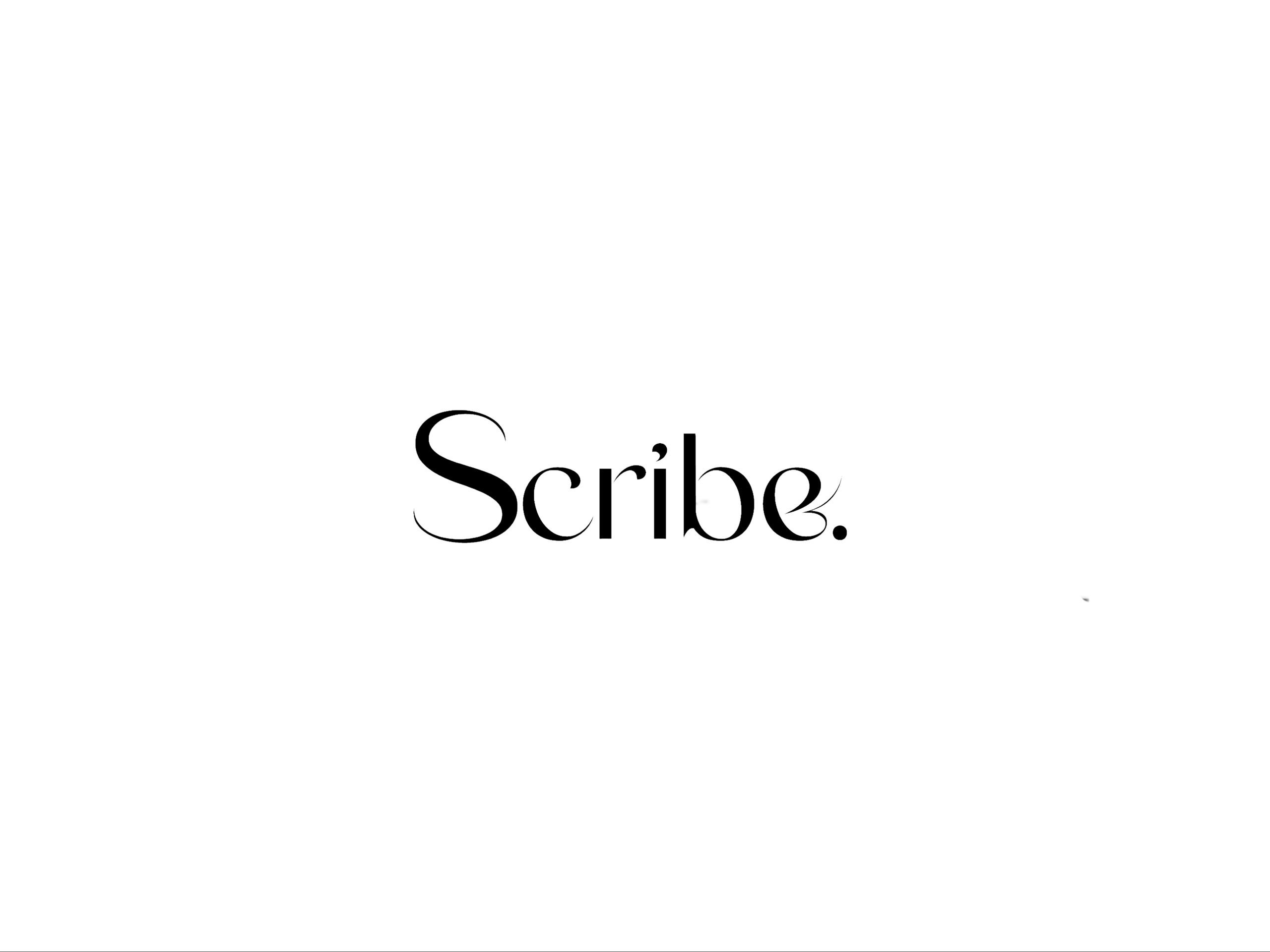Scribe Series: Neoclassicism
- Scribe

- Feb 4, 2022
- 1 min read

Neoclassicism was a “return to order” following the ornamental extravagances of Rococo. the Neoclassicists looked back to the French painter Nicolas Poussin for their inspiration (Poussin's work exemplifies the interest in classicism in French art of the 17th century ). They believed that art should be cerebral, not sensual.Drawing was considered more important than painting. The Neoclassical surface had to look perfectly smooth—no evidence of brush-strokes should be discernable to the naked eye. In architecture, buildings took on the look of classical temples from the Greek and Roman periods, with columns and pediments becoming widespread. In the fine arts, Neoclassicism was characterised by a strong sense of inner harmony, clarity and restraint within the picture.
Key Neoclassical Artists:
Jacques-Louis David 1748–1825

Oath of the Horatii, 1784, Musée De Louvre, Paris
Antonio Canova 1757–1822

The Three Graces, 1815-1817, V&A, London
Jean-Auguste-Dominique Ingres 1780–1867

Napoleon On His Imperial Throne, 1806, Army Museum, Paris






Comments